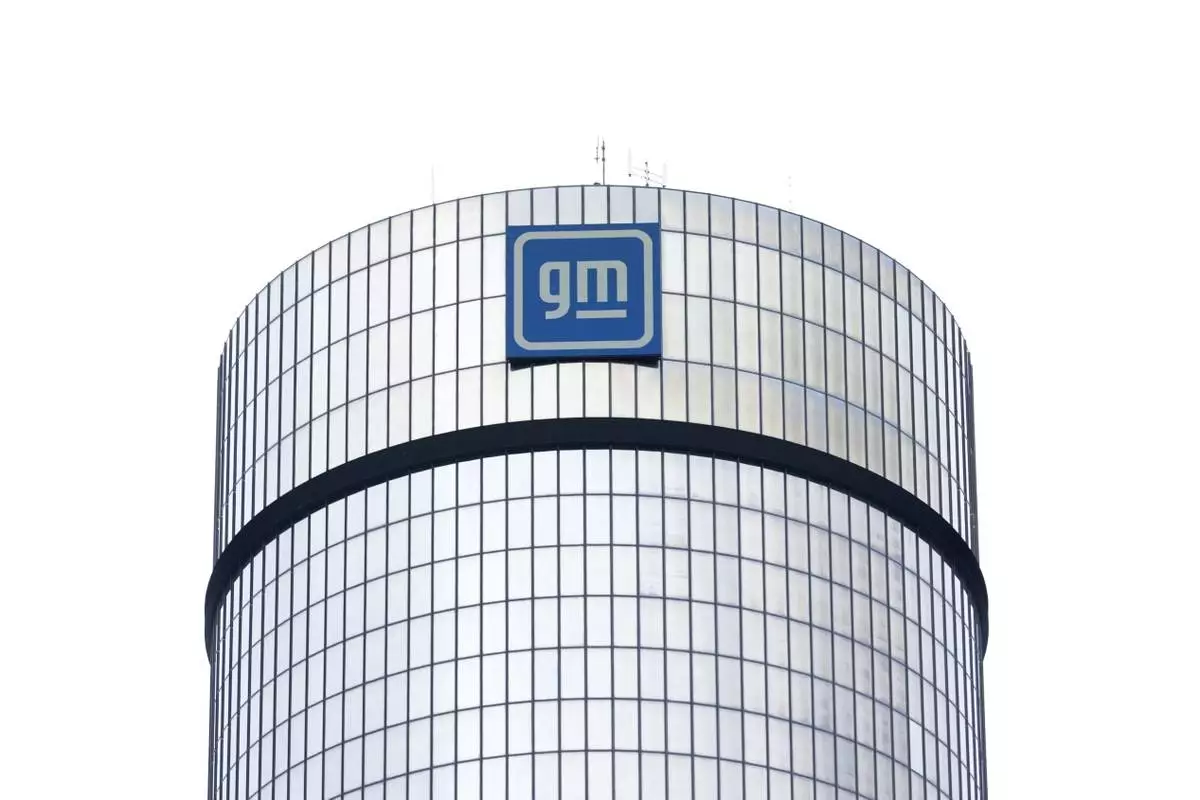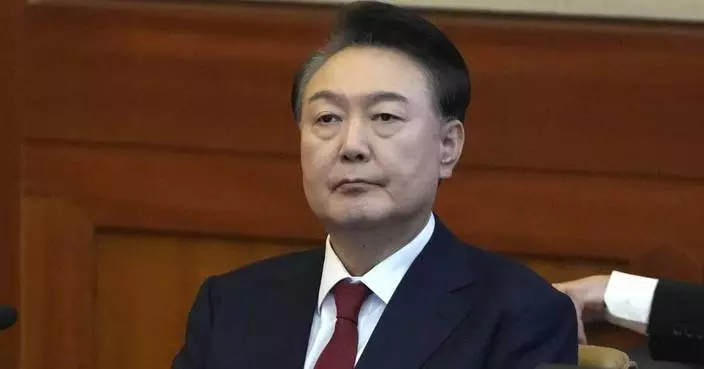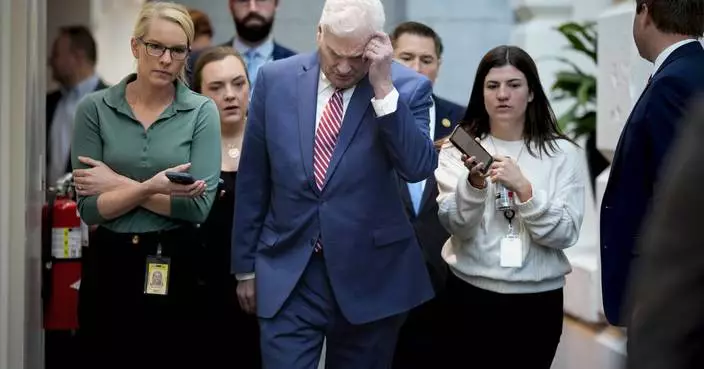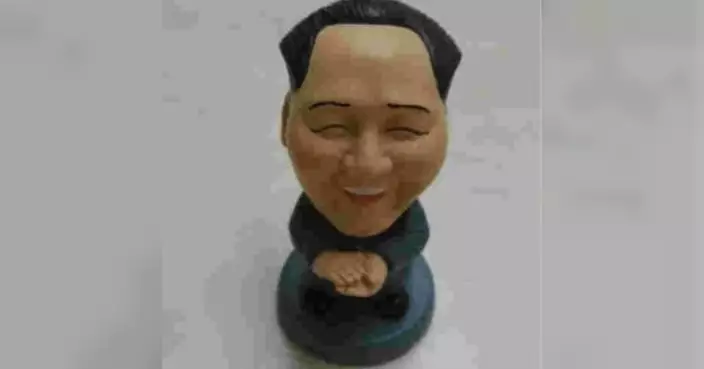Uygur faces are finding their way to movie screens, phones, and billboards across China. Members of the ethnic minority group have facial features that Chinese brands have deemed “attractive,” creating opportunities for talented Uygurs to break into the entertainment business as singers, models and TV stars.
One of the most famous Uyghur stars may be Dilraba Dilmurat, an actress who starred in the popular series “Swords of Legends”, and who played the lead role in the drama “The King’s Woman.” Fellow Uyghur actress Gulnezer Bextiyar was recently named a Fendi brand ambassador – the first Chinese ambassador for the luxury brand.

Dilraba Dilmurat

Gulnezer Bextiyar
Like other Uygurs, both Dilraba and Gulnezer hail from the Xinjiang Uyghur Autonomous Region. Located at the northwest edge of China, the region is home to the largest population of Uygurs. The ethnic group has Turkic roots and speak a language that’s more similar to Turkish than Mandarin. Their script is derived from Arabic and their physical appearances resemble central Asians more than the Han ethnic majority that make up China.

Dilraba Dilmurat
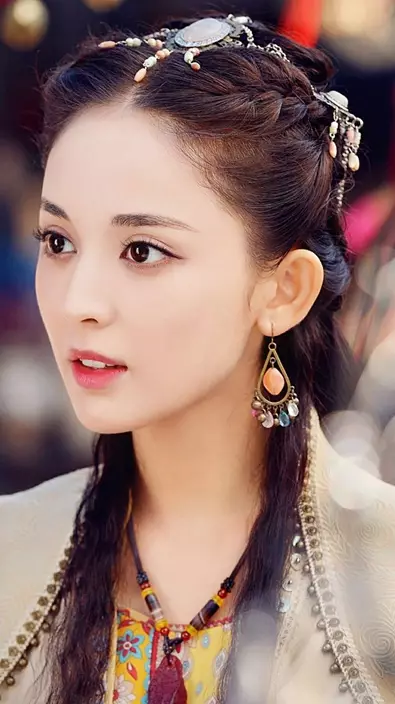
Gulnezer Bextiyar
Demand for men and women who share the same Eurasian characteristics as Gulnezer have been on the rise lately according to Dengyang Liu, founder of Fun Models, an online platform that connects models, actors and photographers to Chinese clients. Though he cautions that Han Chinese still far outnumber the number of Uygur models, many of his Chinese clients are “looking for a face that have some Asian characteristics, but also have some kind of white Europeanness to it.”

Uyghur model Parwena Dulkun has found success with brands in China

Parwena Dulkun
What’s driving this demand? For Dengyang, it’s nothing new. He likens it to patterns he’s seen in other Asian countries, especially as cities become increasingly cosmopolitan. “Hong Kong, Taiwan, S. Korea, even Thailand…basically, faces with mixed Eurasian features were used as a symbol[s] of a changing fusion trend in aesthetic standards,” says Dengyang.
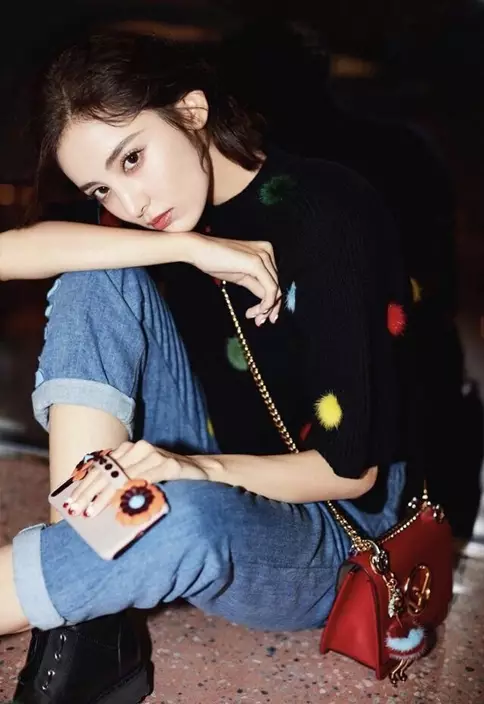
Gulnezer Bextiyar

Gulnezer Bextiyar
The power of the purse
In many ways, the shift in beauty standards correlates to a rise in purchasing power. Increased disposable income is a calling card for international brands looking to take advantage of the new market. The brands bring their own standards for beauty, revealing the Western bias in defining beauty, even in local cultures.
China’s first-tier cities have grown at breakneck speed in the past few decades, creating a new generation of Chinese with disposable income and increasing exposure to international standards of beauty. Consulting firm McKinsey has dubbed this new middle class “Generation 2." Born during China’s period of economic reform and opening up to the world, this generation accounted for nearly 15 percent of urban consumption in 2012. This number is expected to rise to 35 percent in 2022.
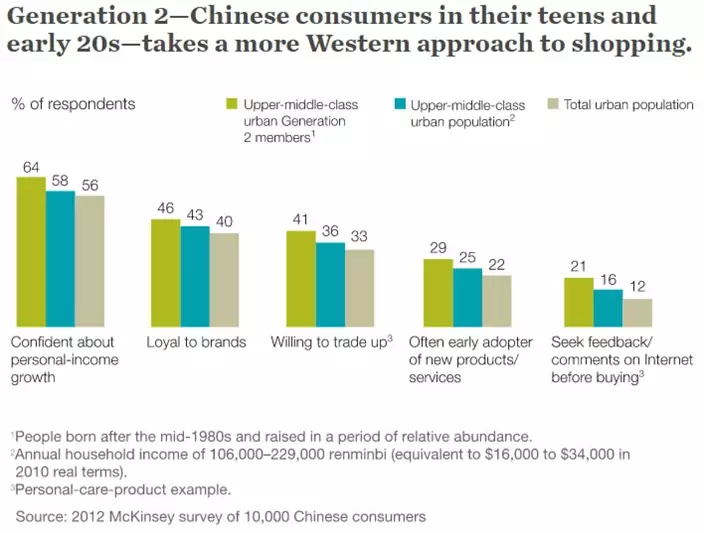
According to survey data from McKinsey, the "Generation 2" group of Chinese consumers are the most Westernized to date / source: McKinsey
A 2012 McKinsey survey of this group found that “this generation of Chinese consumers is the most Westernized to date.” In terms of consumption habits, Generation 2 respondents were more likely to be loyal to brands, view expensive items as “better”, and get satisfaction out items that signify better taste or higher status.
As this generation’s spending habits mirror those found in the West, foreign faces have also become more common in Chinese media. Chinese audiences are accustomed to seeing “more international-themed faces or stories… even the 'zhibo' video stuff that’s been popular in China in the past two years,” says Dengyang.

Dilraba Dilmurat

Dilraba Dilmurat
We don’t have to look far to see other examples of the same experience. In the past four decades, S. Korea has seen explosive growth, joining the trillion-dollar club of world economies in 2004.
The 1990s spawned K-pop, one of the most influential factors in shaping the country’s beauty standards. As Patricia Marx from the New Yorker puts it, the K-pop phenomenon “shapes not only what music you should listen to, but what you should look like while listening to it.”
Many of the K-pop stars share similar characteristics: fair skin, double eyelids and a small face. Koreans go to great lengths to replicate these looks, as the country has one of the highest rates of plastic surgery in the world. Though some argue that these procedures produce beauty results that are universally appealing, these are also the same beauty standards that dominant Western culture.

Dilraba Dilmurat

Dilraba Dilmurat

Dilraba Dilmurat

Dilraba Dilmurat

Gulnezer Bextiyar
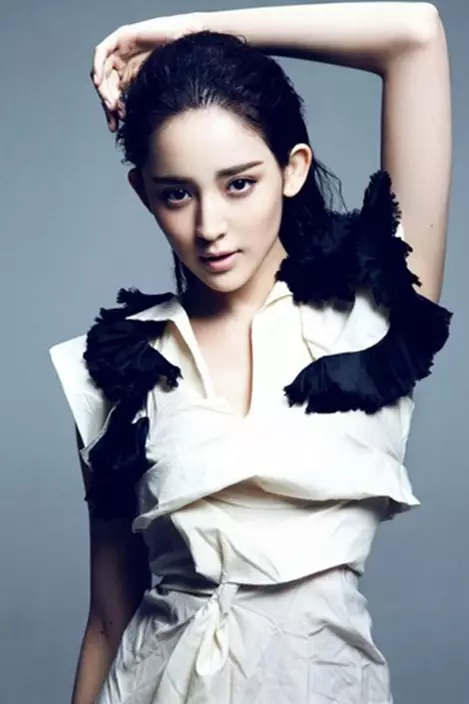
Gulnezer Bextiyar
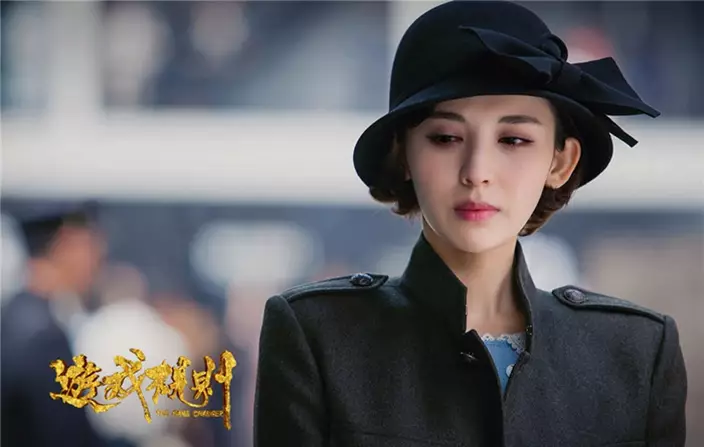
Gulnezer Bextiyar

Parwena Dulkun

Parwena Dulkun

Parwena Dulkun

Parwena Dulkun
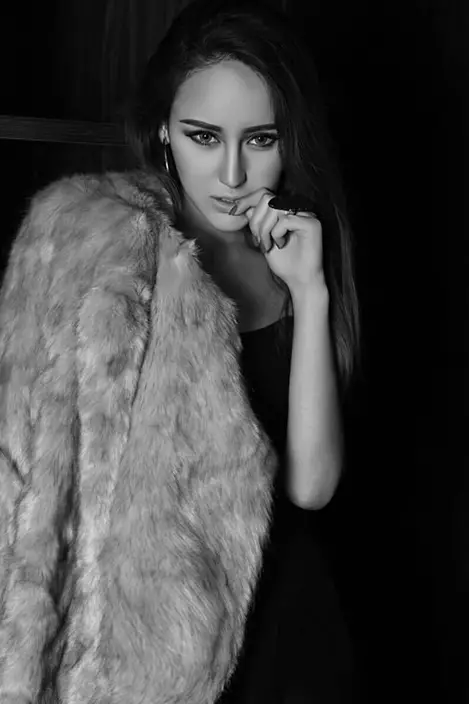
Parwena Dulkun



